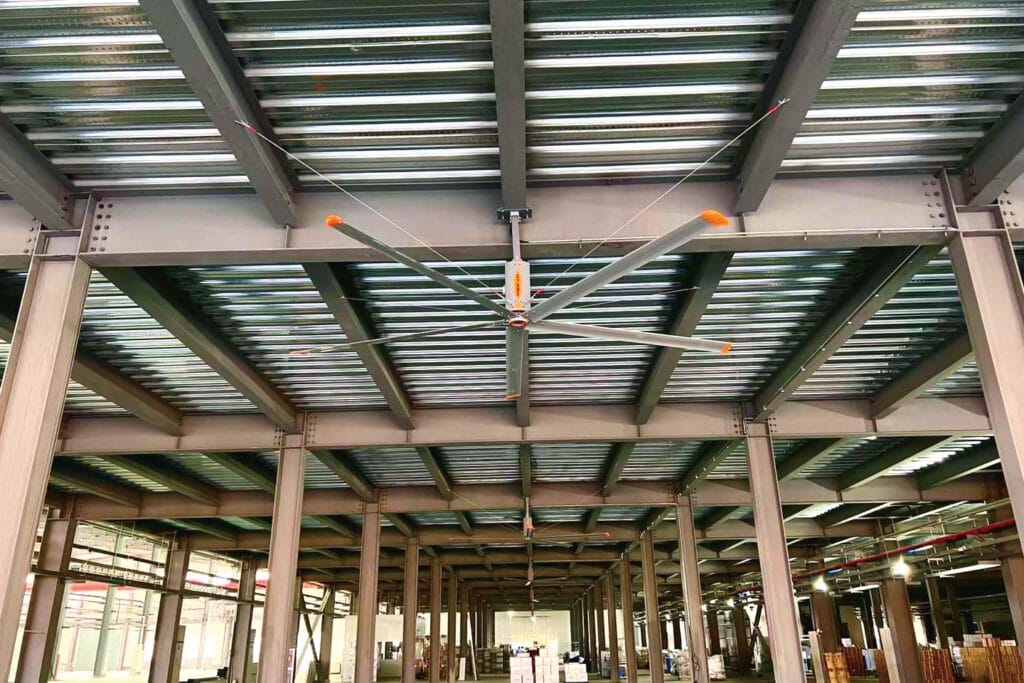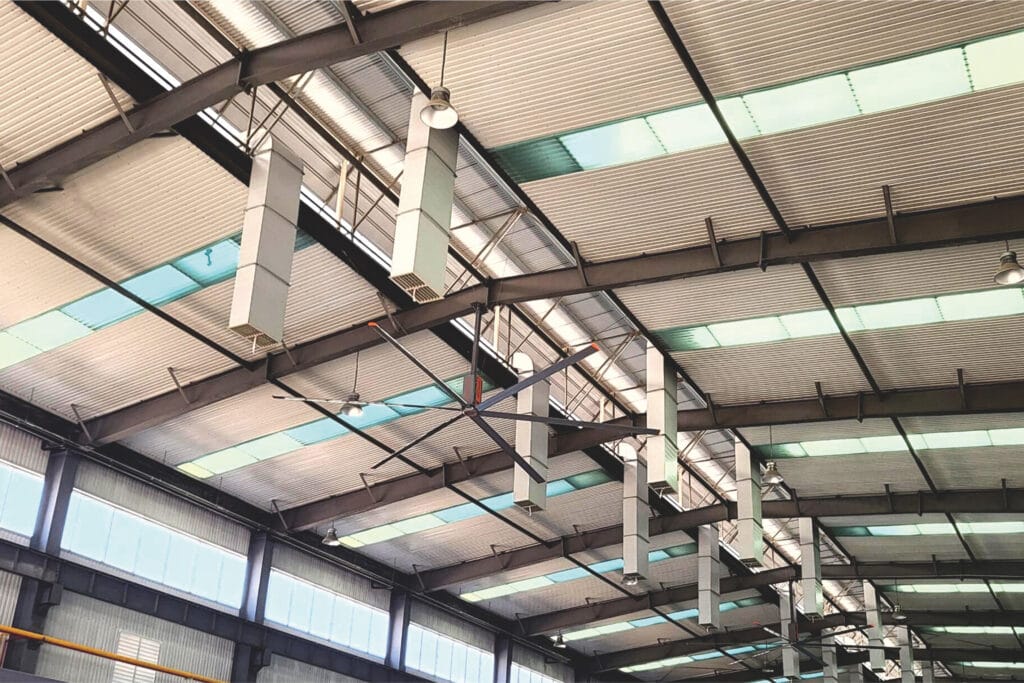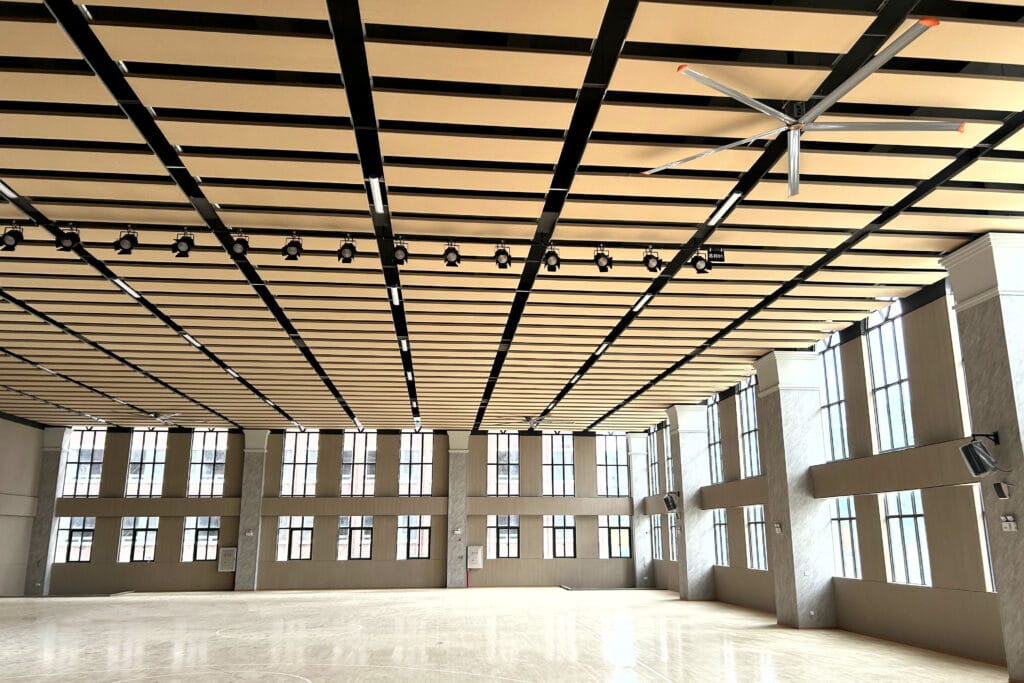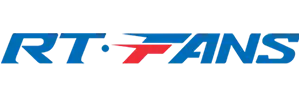Distribution centers (DCs) are the cogs behind the world of order fulfillment in the high-stakes environment of e-commerce, with each second and every mistake costing thousands. But heat, dampness and airlessness can drain worker vitality, slowing down picking and packing operations and adding errors. Picking and packing efficiency in a distribution center can be increased directly through industrial ceiling fans and High-Volume Low-Speed (HVLS) models are those that have been shown to increase worker comfort, control airflow, and minimize the number of errors that occur due to fatigue and heat stress. These fans optimize picking packing performance, distribution center airstaging solutions, and HVLS fans performance by reducing perceived temperatures by 5-10 F and reducing HVAC expenses by 20-30%. This is a key investment to logistics managers, directors of operations, and supervisors of DCs. RTFANS has more than 20 years of experience in ventilation optimization of DCs all over the world. We will discuss efficiency issues, airflow effects on performance, use of ceiling fans, productivity, cost-effectiveness, a case study, and frequently asked questions.
The Efficiency Challenge in Distribution Centers
Distribution centers are racing along, yet efficiency can be derailed by environmental factors.
High Volume of Orders, Time-Sensitive Operations
DCs handle thousands of orders every day, and e-commerce super giants record 50-200 percent spikes on the most popular holiday like Black Friday. One delay during picking or packing may trickle down supply chains and affect delivery time and customer satisfaction. Airflow is paramount in ensuring that workers perform in stressful environments.
Picking/Packing Accuracy Affects Customer Satisfaction
Mistakes in selection or wrapping – incorrectly picked or broken packages – cost $50 -200 per incident, and return rates increased by 10% in inefficient DCs. Precision is the most important but heat and pain disorder attention thereby they make errors.
Worker Fatigue in Hot, Poorly Ventilated Environments
The heat stress of temperatures over 80 F (27 C) can cut productivity by as much as 2-5 percent per degree, according to OSHA studies of workplaces. Workers experience fatigue, decreased movements and increased error rates in poorly ventilated DCs, particularly in high-traffic picking areas covering 50,000-500,000 square feet.
How Airflow Influences Worker Performance
The efficiency, safety and accuracy of DCs directly depend on airflow.

Heat Stress Slows Movements and Concentration
According to human performance studies, heat stress greater than 77F (25C) impairs cognitive ability by 10-15%. People in hot workplaces work 20-percent slower and commit 15-percent more mistakes in monotonic work such as picking. According to OSHA, fatigue also doubles or even triples the risk of accidents.
Comfortable Conditions Improve Reaction Times
Areas that are well-ventilated and cooler promote faster reaction times by 10% leading to increased focus on the worker. Research indicates that comfortable conditions (68-77F) increase task accuracy by 15-20% which is crucial in ensuring strict e-commerce deadlines.
Cooler Workplaces Reduce Error Rates
A cooler setting reduces picking mistakes by 10-15, and saves a small DCs, up to 5,000-20,000 every year. Improved air circulation also eases physical stress, enabling employees to keep up with lengthy shifts.
Role of Ceiling Fans in Enhancing Efficienc
HVLS ceiling fans, available in 8-24 foot diameter, circulate up to 400,000 cubic feet per minute at low speed (50-100 RPM), and are available in custom airflow delivery solutions.
Steady, Uniform Airflow Across Picking and Packing Stations
A single HVLS fans is used to cover 15,000-20,000 square feet to maintain an even airflow throughout picking aisles and packing stations. This gets rid of hot spots and keeps the high-traffic areas at a steady condition.
Reduce Perceived Temperature by 5-10°F
The wind-chill effect makes the temperature seem lower by 5-10 degrees Fahrenheit, and encourages the evaporation of sweat without drafts. This is consistent with ASHRAE Standard 55 regarding thermal comfort, which decreases heat stress.

Lower Humidity, Reducing Discomfort and Slips
According to OSHA slip-and-falls research, fans lower humidity by 10-15 percent, eliminating sweaty unpleasantness and slippery floors that reduce slip accidents by 20 percent. This assists the logistics worker in comfort ventilation.
Quiet Operation Ensures Focus
HVLS fans can also operate at 35 dB below the noise level of a conversation, which means they will not distract employees as portable fans (50-60 dB) do, allowing them to be focused on specific tasks.
Direct Productivity Benefits
HVLS fans provide significant DC operation benefits.
Faster Picking Speed and Higher Throughput
Lower temperatures result in a 10-15 percent faster picking, a 20 percent higher throughput in peak shifts. One of the DCs has claimed the speed of fulfilling orders was 12% higher after the installation of fans.
Improved Packing Accuracy Reduces Returns
Improved focus reduces packing mistakes by a fifth, leading to lessening returns and $10,000-50,000 in small-scale DCs. This enhances the customers satisfaction index by 10%.
Less Downtime, Absenteeism, and Turnover
Fans save $5000-20000 save on labor by reducing heat-related absenteeism by 10 percent and turnover by 5-10 percent. Employees will have more morale when they are comfortable.
Cost and ROI Perspective
HVLS fans provide good economics to DCs.

Reduced Operational Errors Save Costs
A reduction of a few mistakes saves 5000-20000 in costs of return handling and customer services, which are very important in high volume seasons.
Productivity Gains Outweigh Installation Costs
A 100,000-square-foot DC costs $20,000-60,000 (4-6 fans) to install, and will pay back in 12-24 months through productivity and energy savings. Life of fans is 15-20 years with little maintenance (200-500/yr).
Fans Complement HVAC, Reducing Energy Bills
HVLS fans reduce HVAC expenses by 20-30 percent, saving an average of 10000-30000 a year because they can set higher setpoints (3-5 F, 4 percent per degree). This helps in boosting the efficiency of ceiling fans warehouses.
Case Example: A Distribution Center’s Efficiency Boost
A 150,000-square-foot e-commerce data center in Ohio was plagued by error rates of 15 percent and absenteeism of 10 percent in high seasonal times of 90 F. The installation of six 20-foot HVLS fans enhanced the capabilities of ceiling fans to enhance picking and packing processes and decreased temperature by 8 degrees Fahrenheit and lowered humidity by 12 percent. Accuracy in picking increased 18 percent, throughput improved 20 percent and absenteeism decreased by 10 percent, saving $60,000 a year in mistake and labor. Logistics productivity through airflow solutions was demonstrated by energy costs reduced by 25% (20,000/year) and ROI in 18 months.
FAQ: Common Questions About Ceiling Fans in Distribution Centers
- Do ceiling fans really improve accuracy in picking and packing?
Yes, fans increase accuracy by 15 per cent with a reduction of heat stress by 5-10 F, which helps pickers during the packing process. - Can HVLS fans integrate with automated picking systems?
Yes, their soft airflow will not interfere with robotics, and HVLS fans worker performance distribution centers are improved. - What’s the ROI timeframe for fans in high-volume distribution centers?
The payback period is 12-24 months, as 20-30% energy savings and reduction of errors in distribution center airflow solutions are the driving forces. - How do fans improve worker performance?
Fans reduce fatigue, enhance concentration, which increases throughput by 15-20%, per airflow enhance the accuracy of packing.
Conclusion
Often it is heat and lack of airflow in distribution centers that slow down picking and packing costing thousands of dollars in errors and delays. HVLS ceiling fans will be more efficient as they will increase comfort and decrease fatigue. When it comes to maximizing throughput and accuracy, commercial ceiling fans are not merely cooling devices, they are employees workforce multipliers, right at the core of picking and packing productivity. As an expert in the field, RTFANS has 20+ years of experience in providing productivity solutions based on HVLS fans. Call us now to improve the performance of your DC- your workers and customers deserve it.
